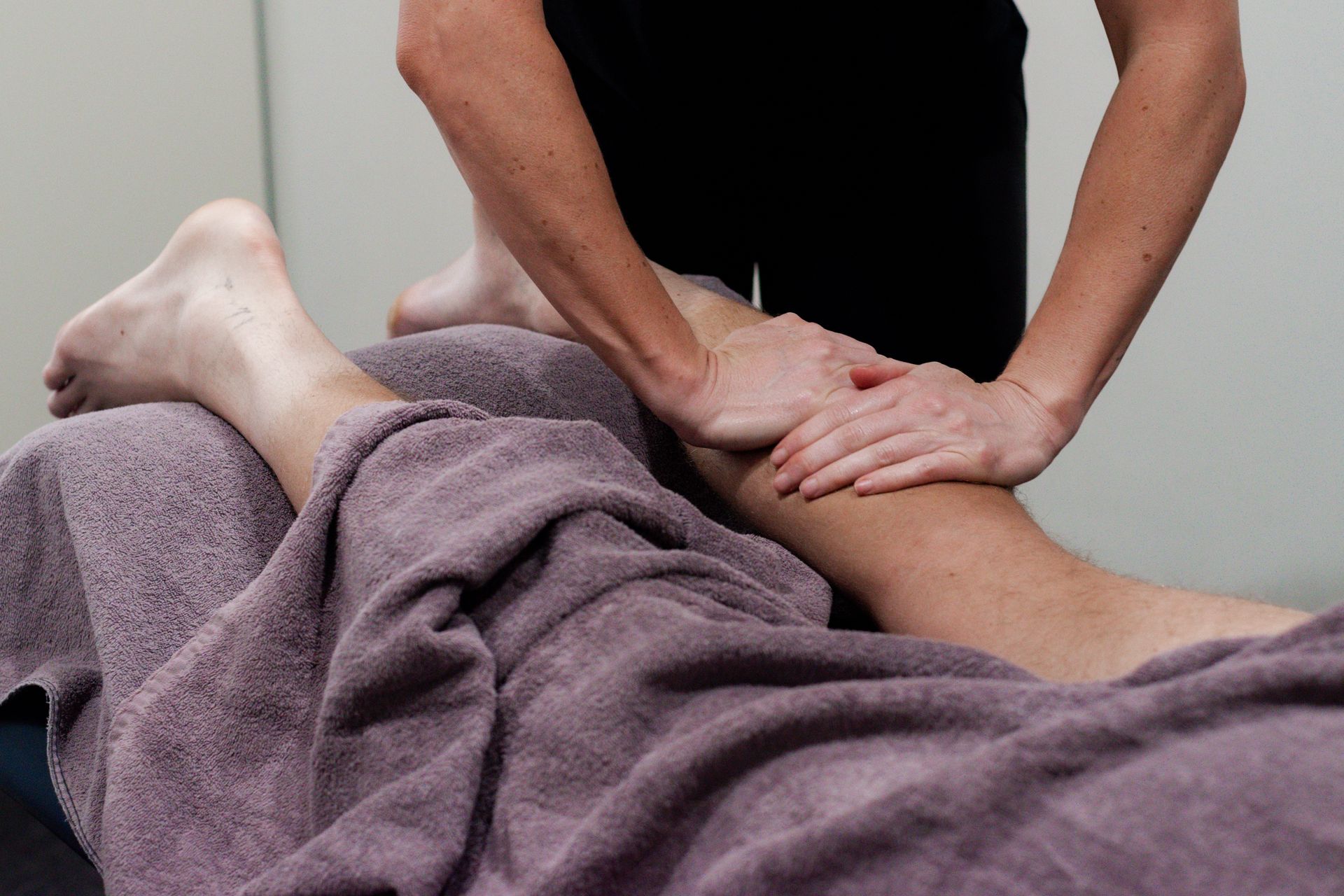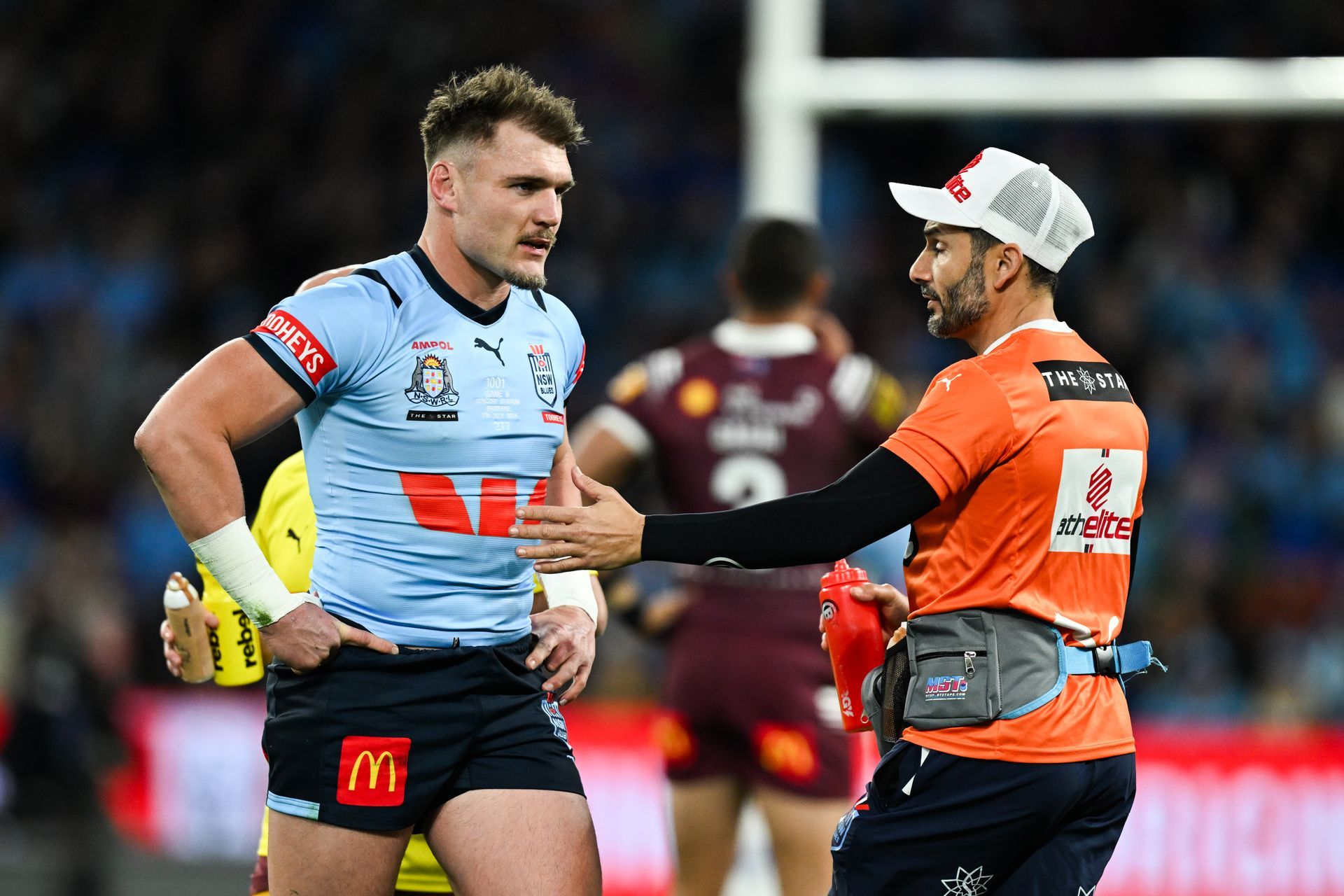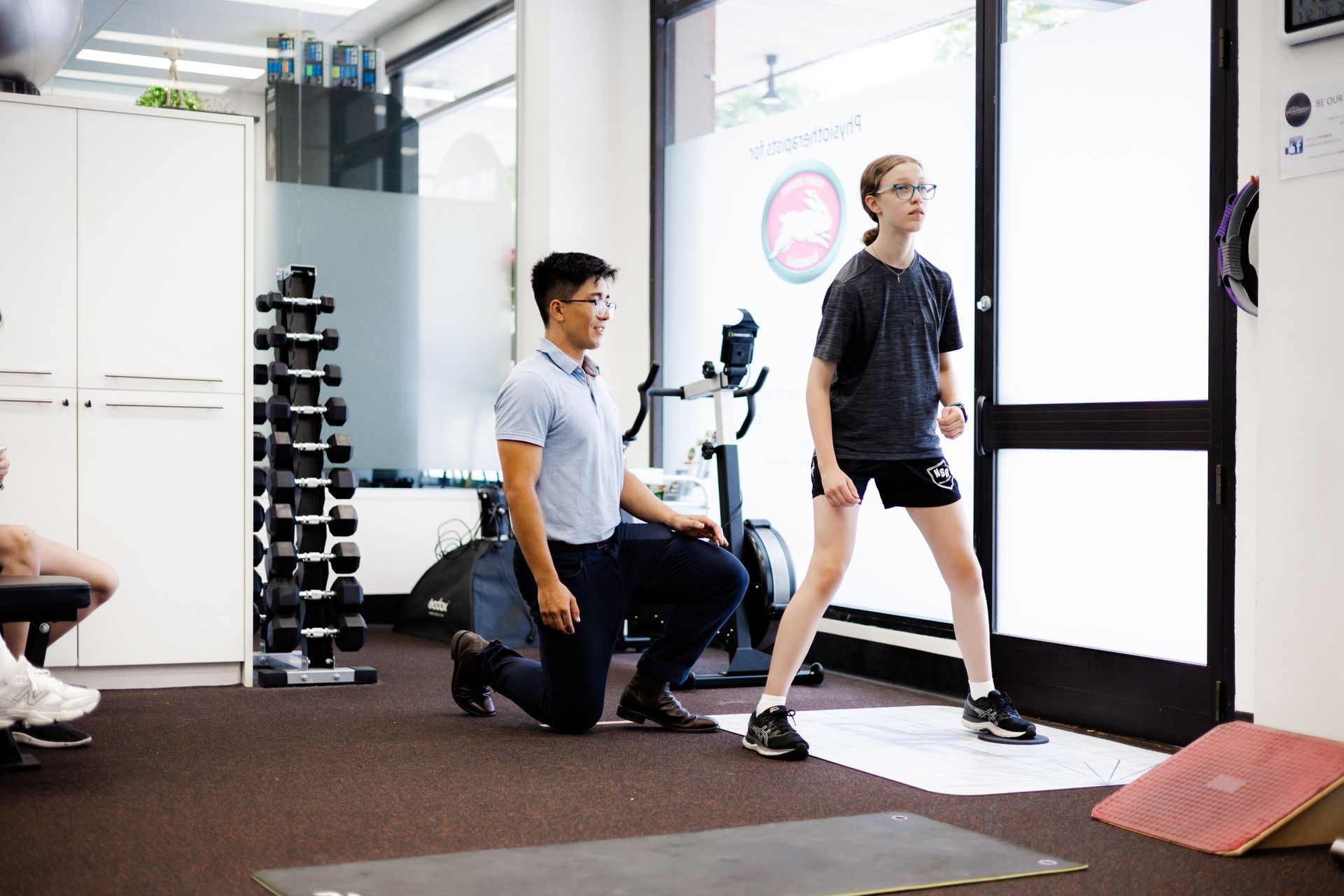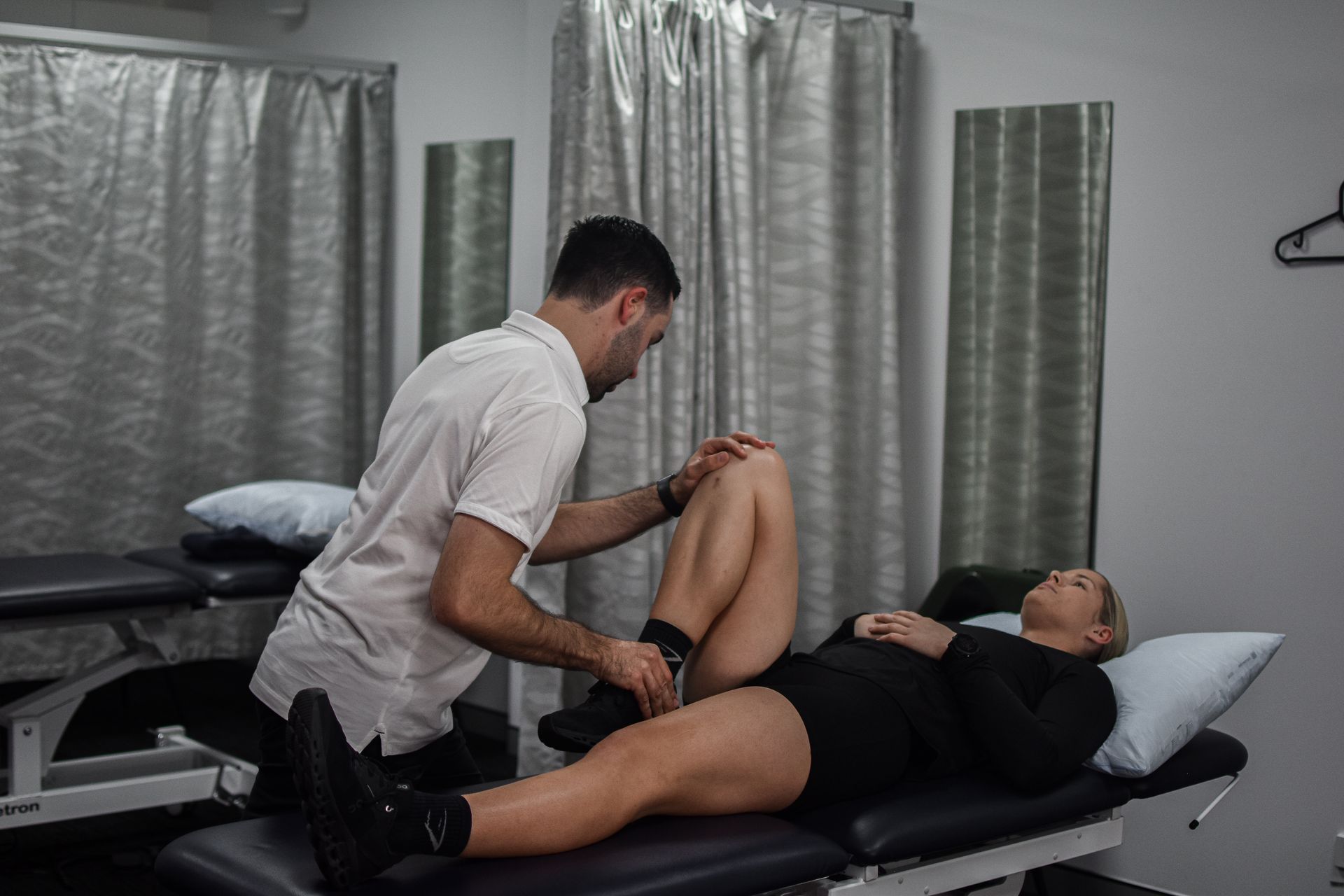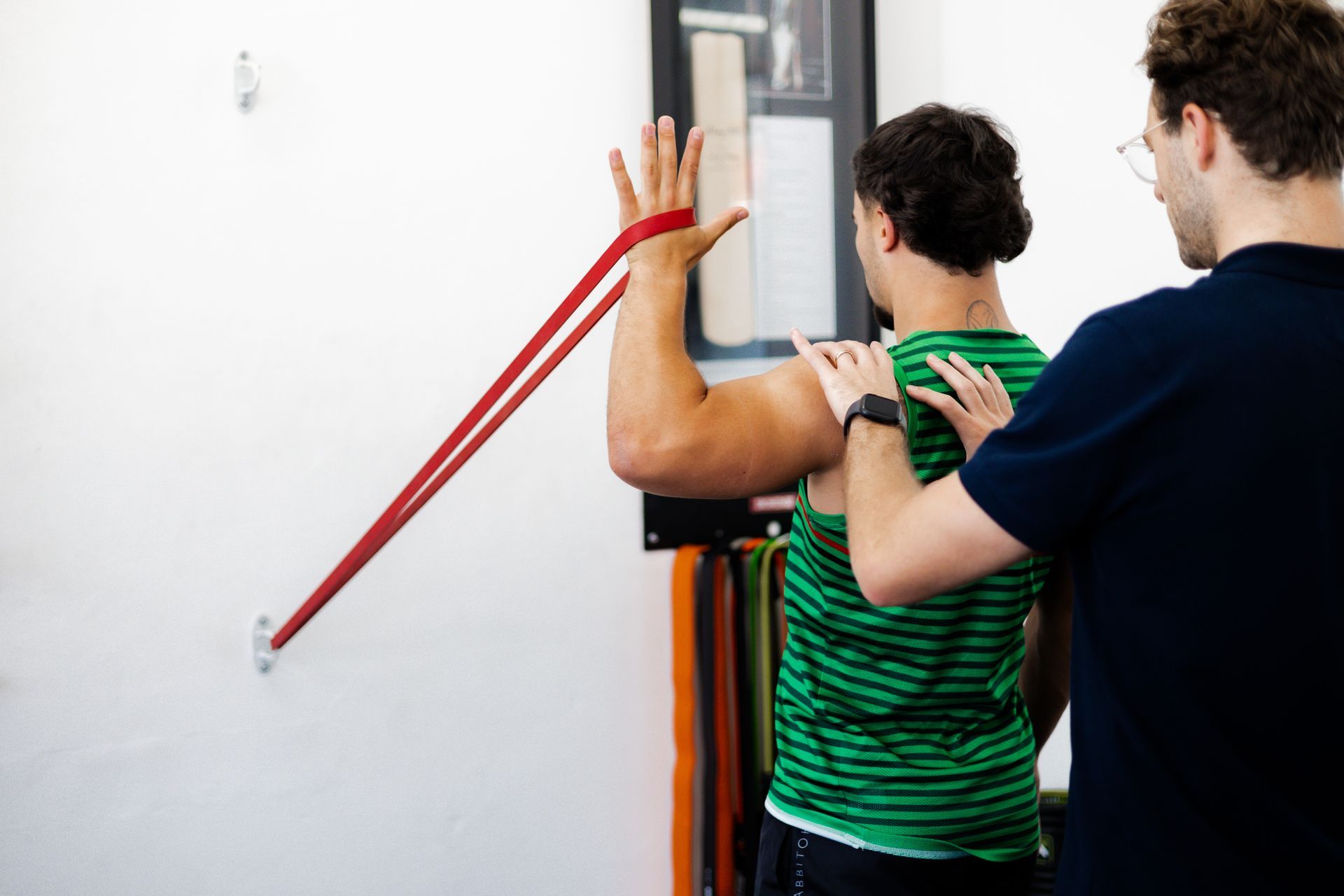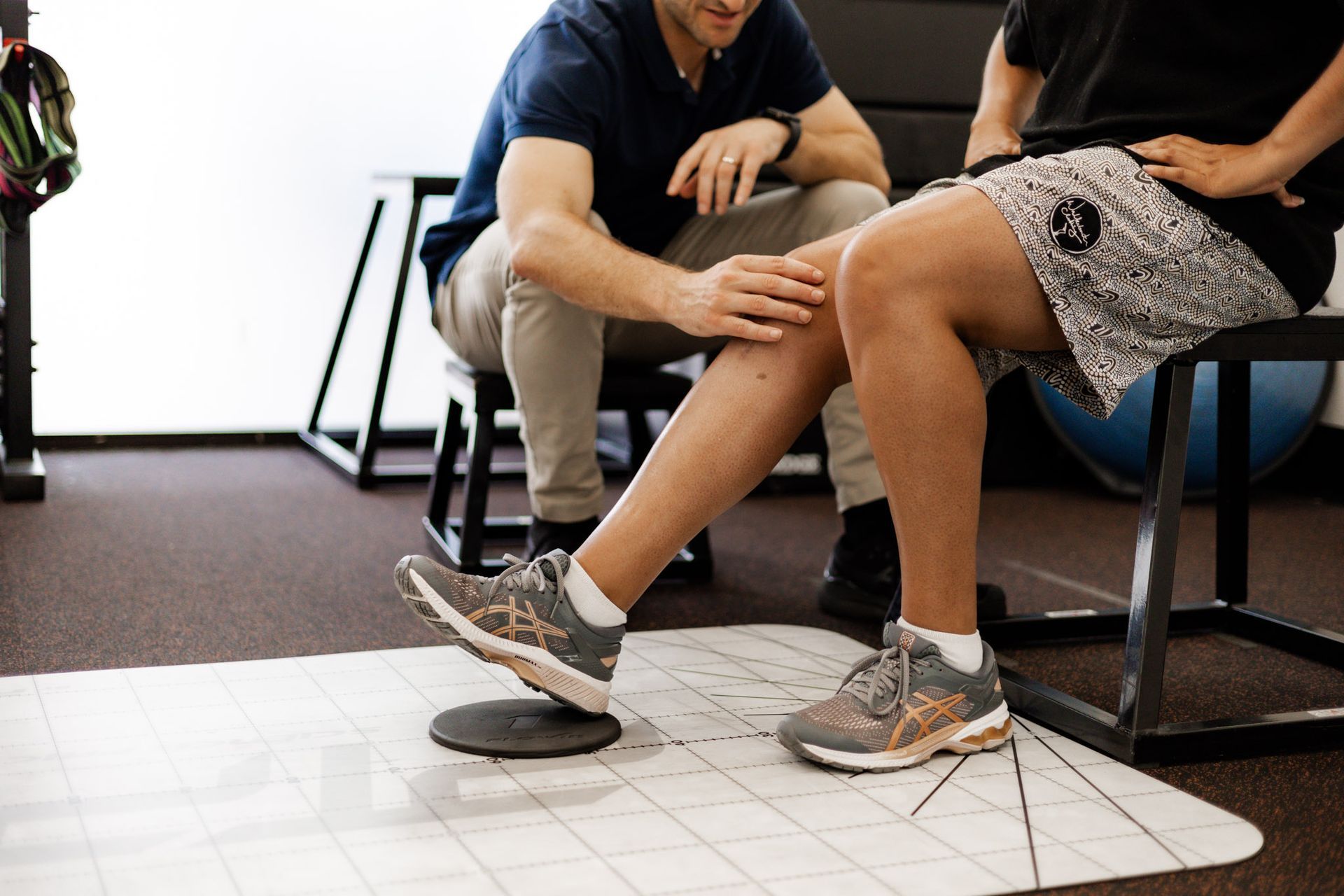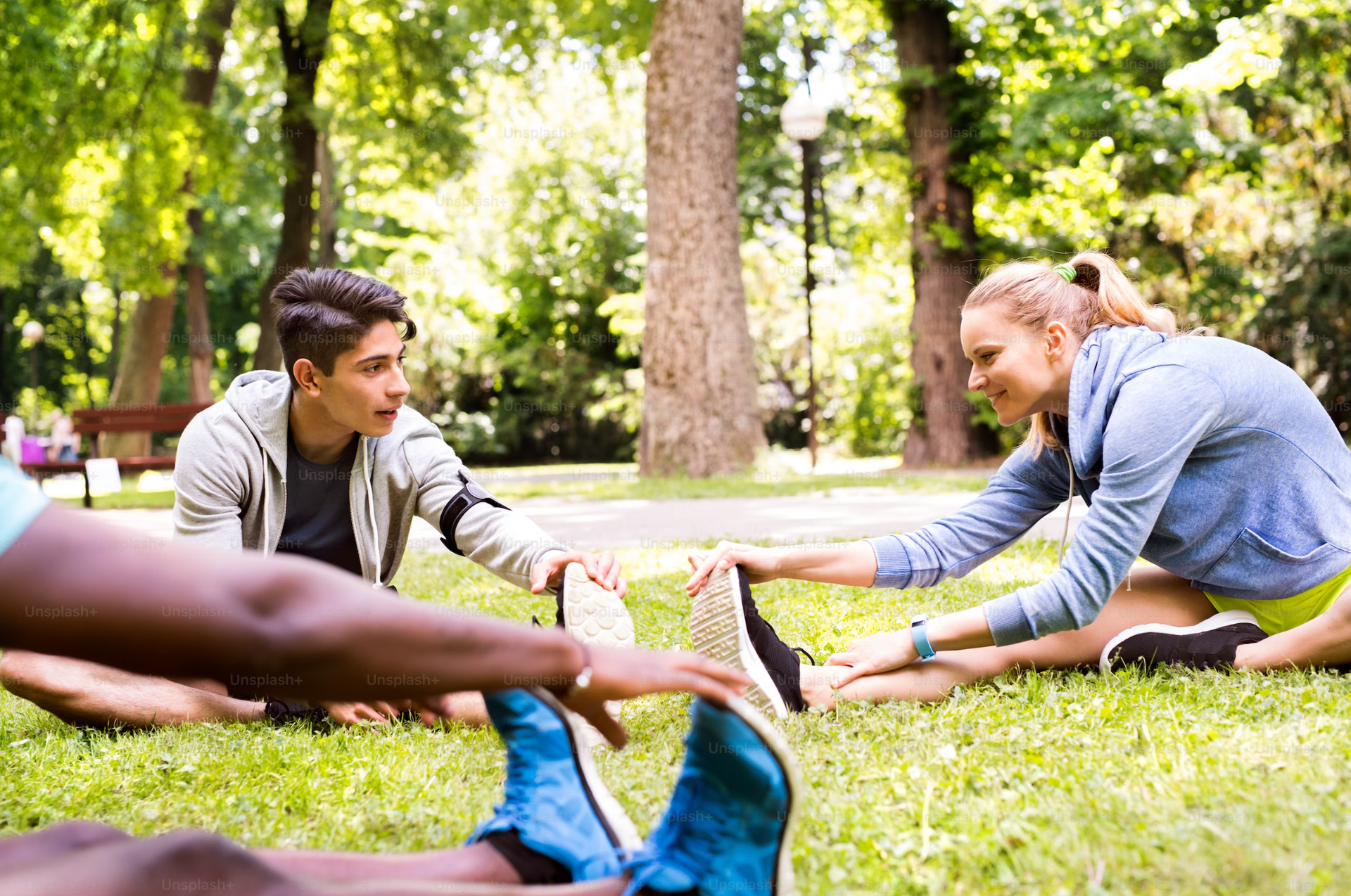To stretch or not to stretch? That is the question!
To stretch or not to stretch?
There are multiple scientific studies to both prove and dispute the benefits of stretching. From personal experience, with years spent working with both elite athletes and the general public, we will all benefit from stretching on a daily basis. So why is stretching good for you?
Stretching keeps the muscles flexible, strong, and healthy, and we need that flexibility to maintain a range of motion in our joints. Without range of motion, our muscles are prone to becoming tight and therefore shorten. Then, as we start to train and work the muscles, they will be weaker as they are not working in their optimal range. If you continue to train, then you are putting yourself at risk of muscle damage, strains and joint pain.
If the majority of your day is spent in a slumped position, relaxing or commuting to work then you may start to notice a muscle imbalance within the body. For example, sitting in a chair all day results in tight hamstrings in the back of the thigh. This can make it harder for you to extend your leg or straighten your knee all the way, which inhibits optimal walking mechanics.
Likewise, when tight muscles are suddenly called on for a strenuous activity that loads them as they stretch, such as playing touch footy or tennis, they may become damaged from suddenly being overloaded. In addition, tight or injured muscles may not be strong enough to support the joints, which can lead to joint injury.
What type of stretching should you do?
Dynamic stretching involves active movements where you will move the arms or legs through a full range of motion. Usually performed before starting a workout to help you warm up the muscles. This stretching routine should go for 6-12 minutes. We avoid static stretching prior to any workout as this has been shown to impair your performance.
Static stretching involves you holding in place for a set period of time without movement, between 20-60 seconds usually. This is usually done at the end of a workout once the muscles are warmed up but also beginning to relax. We recommend taking a minimum of 10 minutes for a post-workout cool down stretch.
Most people skip static stretching and it is difficult to understand to why? Stretching will help improve your flexibility and help you to stay injury free. Stretching takes 10 minutes out of your day, but an injury can significantly affect your health and lifestyle for 6 months or more! It’s a no brainer.
Try these quick stretches to help with everyday tightness from sitting or decreased activity during your day.
Seated Piriformis (Buttock) stretch
- Start in a seated position.
- Keeping your right foot flat on the floor, lift your left leg and place your left ankle on your right knee.
- Apply gentle downwards pressure to the knee as you lean forward, increasing the depth of the stretch.
- Hold this position, you should feel a comfortable tension with no pain in the bottom region of the leg that is not making contact with the ground.
- Repeat every hour with each leg for 20-60 seconds.
Chest Openers
- Sit up straight on a chair.
- Place your hands behind your head and extend your upper back over the top of the chair.
- Hold this position for 2 seconds.
- Repeat 1 set of 10 repetitions each hour you are seated at work.
Cat – Cow stretch
- Start on your hands and knees, with your knees directly underneath your hips and your hands underneath your shoulders and your back in a neutral position.
- Place your hands flat on the floor and contract your abdominal muscles, making sure that your spine is well aligned with your back straight as a tabletop.
- Inhale, and arch your spine away from the floor, pulling your belly up like a cat.
- When it comes time to exhale, round your spine in the opposite direction, lowering your belly towards the floor and lifting your head.
- Hold the end of each position for 2 seconds, repeat 3 times with 10 repetitions in each direction. Alternate sets with the following exercise.
Lumbar Rolls
- Lie on your back with your knees bent and your feet flat on the floor.
- Keeping your shoulders flat on the ground, roll both knees out to one side.
- Hold this position.
- You may feel the stretch in your hips, as well as your lower back.
- Bring your knees back to the middle before repeating the same movement on the other side.
- Complete 3 sets of 10 repetitions each side, morning and evening
If you are unsure about how to stretch safely, or even what you should be stretching, you can ask our experienced team of physiotherapists to show you how. We will assess your muscle flexibility and tailor a stretching program to fit your needs. Book a session now and you will never feel the same again!

